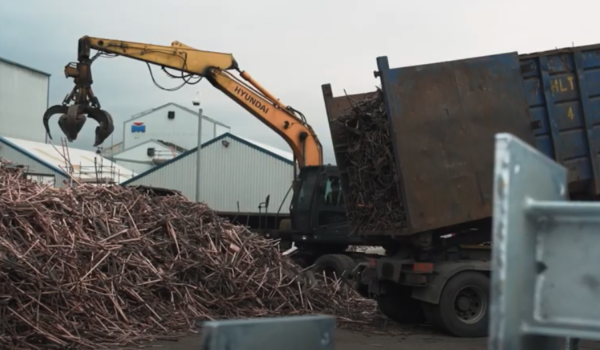Copper recycling
Is copper recyclable?
Copper is an infinitely recyclable material that can be recovered and recycled time and time again without any loss of quality. From copper pipes used in plumbing systems to copper wires found in electronic devices, all types of copper products can be recycled.
Since there’s no difference in properties between recycled and virgin copper, the two can be used interchangeably across the full range of the material’s applications. Copper recycling therefore helps to reduce waste and leverage existing supplies of the planet’s natural resources.
How is copper recycled?
Copper recycling is a multi-step process that starts with the recovery of copper from end-of-life products and structures like old buildings and electrical devices. Once separated from other materials, scrap copper can be melted down and cast into new copper products.
Recycled copper retains its properties, so when copper reaches the end of its second lifecycle, it can be recovered and recycled again. In this way, copper can be used continuously to meet the present demand for the material without compromising future supply.
Trades such as construction and plumbing are known for having a strong circular economy when it comes to the use and re-use of copper, with the demand for the metal met increasingly by a secondary supply of recycled copper.
As part of a process known as urban mining, scrap copper from old or redundant pipework, roofing sheets or electrical wiring is recovered and sent to specialist copper recycling facilities, where it is melted down in a furnace and then cast into new products.
As recycling techniques improve, the proportion of secondary copper in circulation will continue to increase and the need to mine will continue to decline.
Learn more about the copper recycling process
Why is recycling scrap copper more sustainable than extracting?
The recycling of scrap copper produces fewer carbon emissions and results in less air pollution than the mining of virgin copper, while also supporting jobs in the scrap metal recycling sector and preserving the earth’s natural resources for generations to come.
It’s estimated that copper recycling uses up to 85% less energy than mining virgin copper and is also believed to be as much as 13 times cheaper. Plus, there’s no catch to these environmental and economic benefits: recycled copper offers the same standards of performance as virgin copper.
The development of metal recycling infrastructure and recovery of copper from electronic waste also drives the recovery of other important metals like tin, lead, zinc, gold, silver and nickel, reducing the demand for virgin metals across a wide range of industries.
Because of its unique ability to be recycled infinitely without any loss in performance or properties, copper is ready for a future where people need to get more from less, using ethical and sustainably sourced resources.
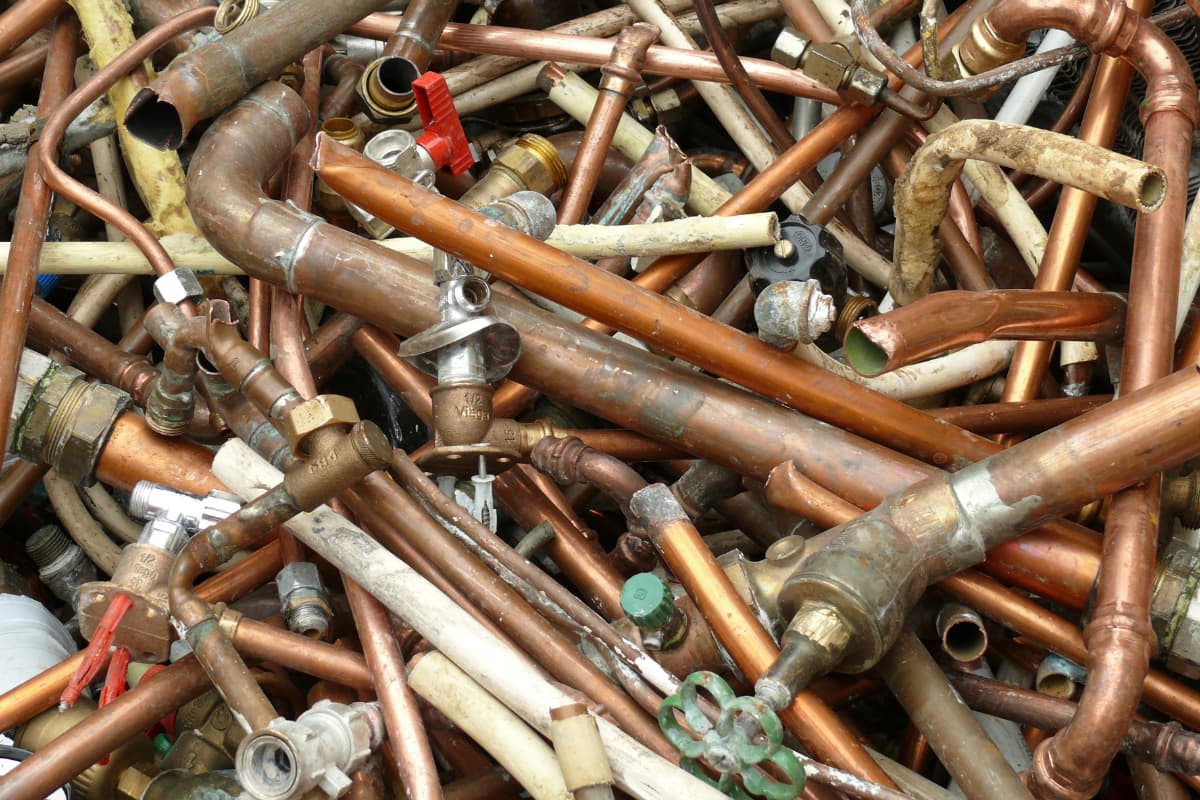
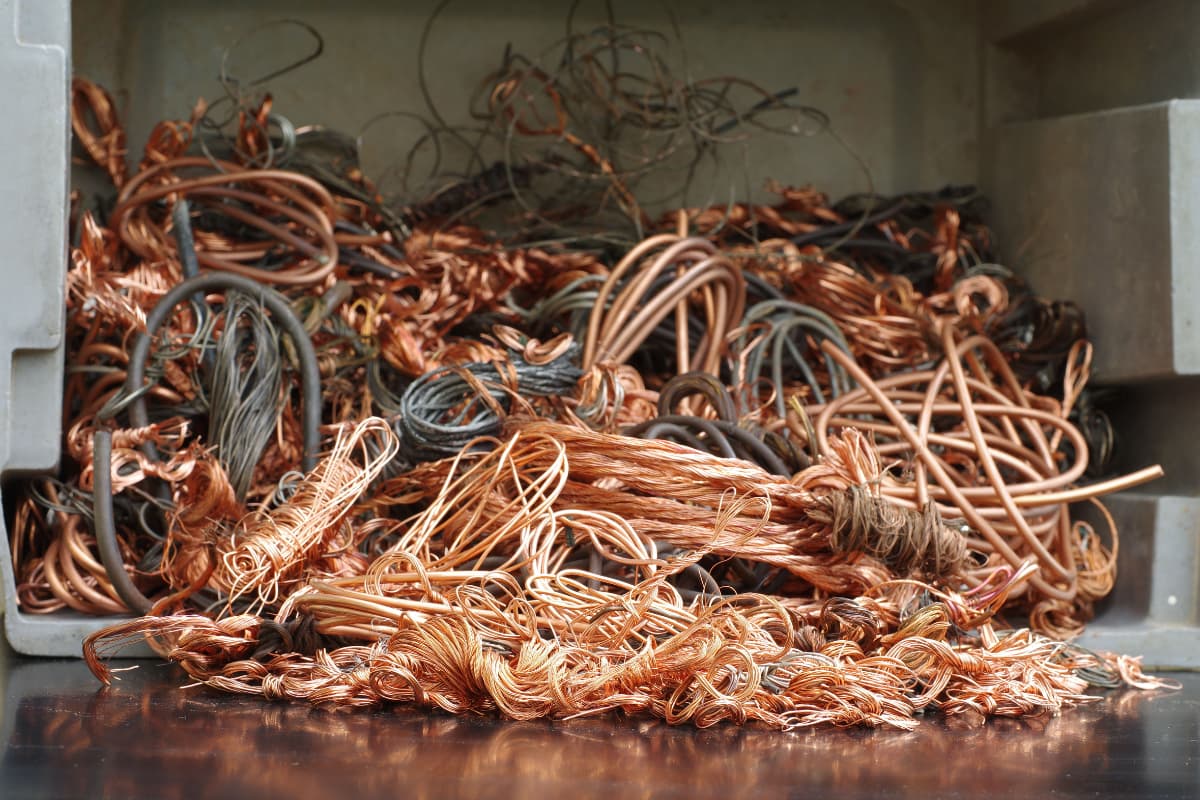
How does copper recycling compare to the recycling of other materials?
Within the trades, the recycling process for copper is known for being one of the quickest, simplest and cleanest, resulting in some of the fewest emissions for any building material that’s regularly recycled.
This is because all types of copper — whether a metal sheet used for cladding or a flexible pipe found in underfloor heating systems — can be grouped together and recycled with minimal separation required.
The recycling of plastics, on the other hand, is an intensive process that involves sorting, cleaning and then shredding plastic waste into tiny particles, before melting it down.
Not only does plastic recycling reduce the structural integrity of plastic, eventually to a point where it is no longer usable, but it also increases the toxicity of the product, due to the large amount of chemicals involved in the process.
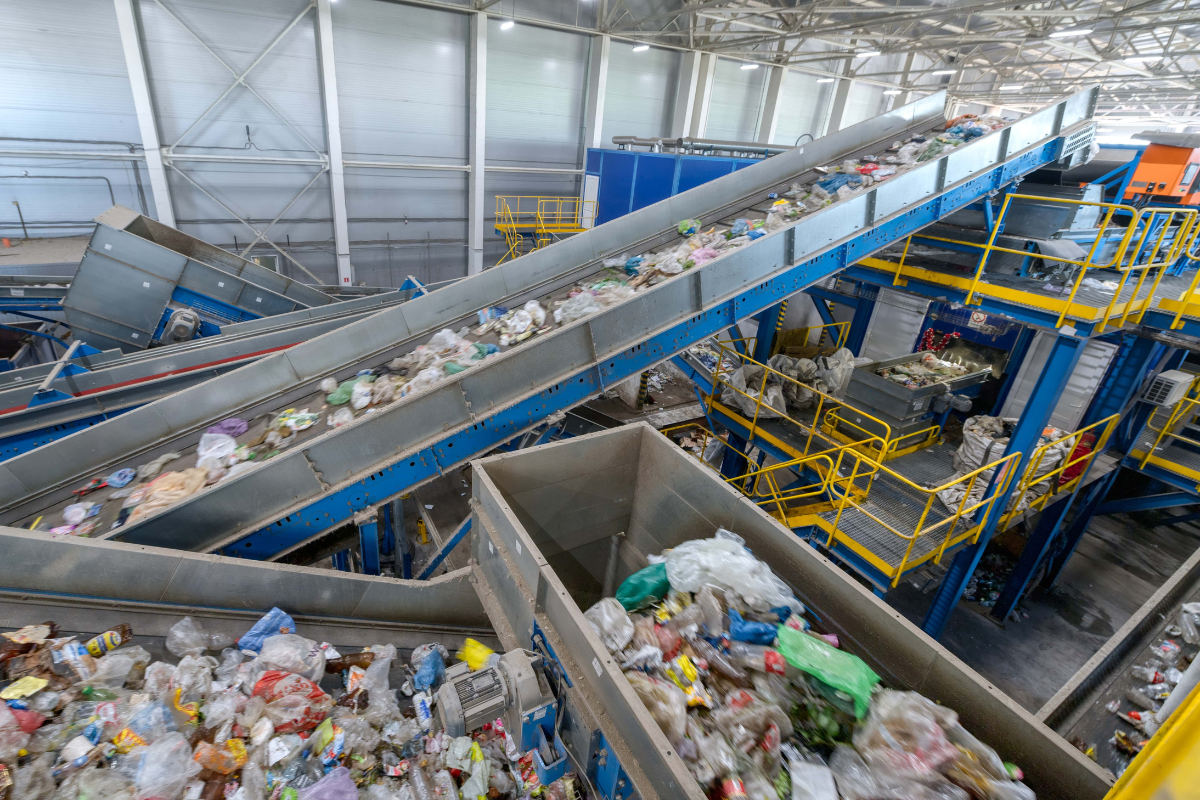
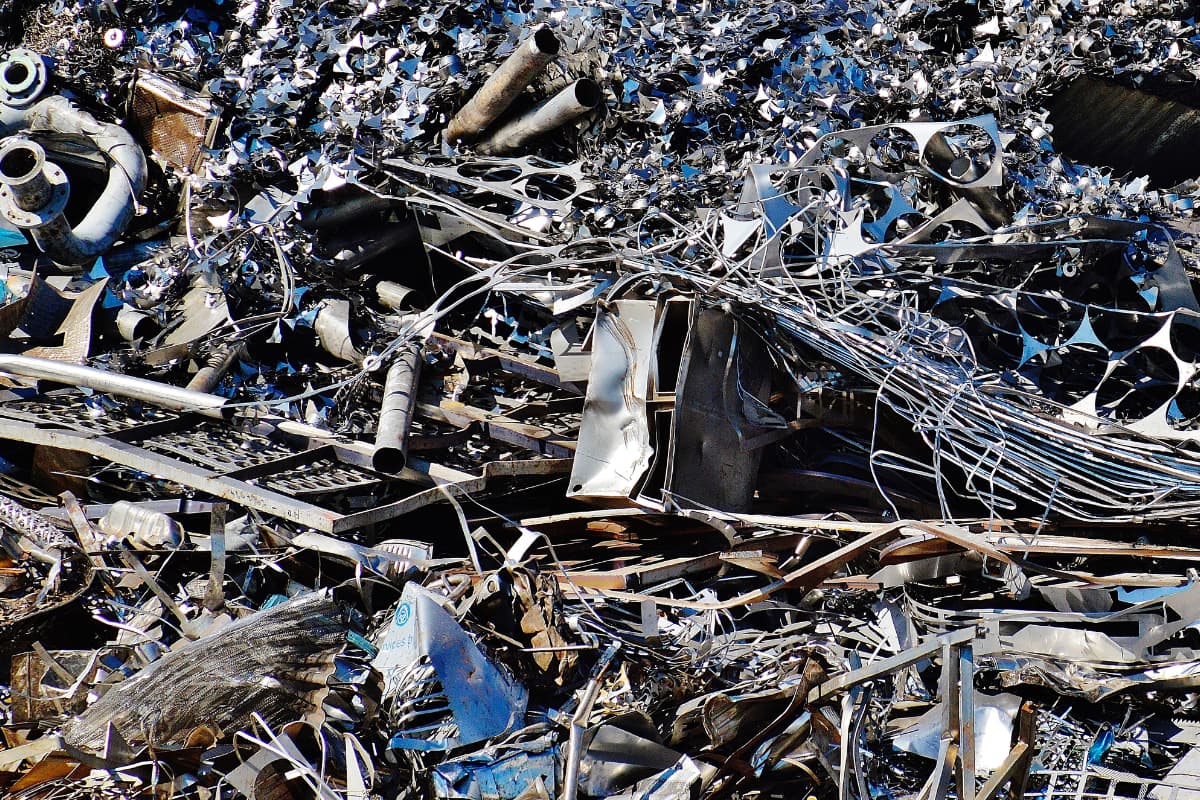
Comparing copper recycling to other commonly used metals, the process is still seen to be more efficient and less damaging to the environment. With steel and aluminium, scrap metal needs to be separated into different grades before any recycling can occur, a process that takes time and uses more energy.
Steel’s higher melting point also means that more energy is used to heat the furnace, with the recycling process also producing various by-products in the form of slag, gas and dust.
Copper’s ease of recyclability and lack of by-products make it the clear choice not only in comparison to plastic but also to many metals.
Learn more about the hidden dangers of plastic
What are the benefits of copper recycling?
Retention of properties means retention of value
Copper used once will be identical to that used 1,000 or 1,000,000 times. Its properties and quality do not deteriorate with use, a trait which allows copper to retain its value. That’s the reason why you don’t tend to see scrap copper on a skip.
A single material that remains undiluted
Copper is copper. Unlike other materials such as plastics, copper and copper alloys have standard components which do not vary between manufacturers, so when you buy copper, you know exactly what you’re getting. This also means they can be returned to their constituent elements once they have fulfilled their purpose.
A fully developed scrap-collecting infrastructure already exists
And it has existed for centuries. Thanks to the retention of properties and value, copper has an elaborate scrap collecting infrastructure in place to retrieve the material once used to ensure it can be made into new materials.
The recycling technology exists
Copper has been recycled and re-used for as long as the material itself has been in use, thanks to its value and structural resilience. While plastics manufacturers are still figuring out how to dismantle and re-use their components, copper used in pipes has likely been used before and will certainly be used again.
